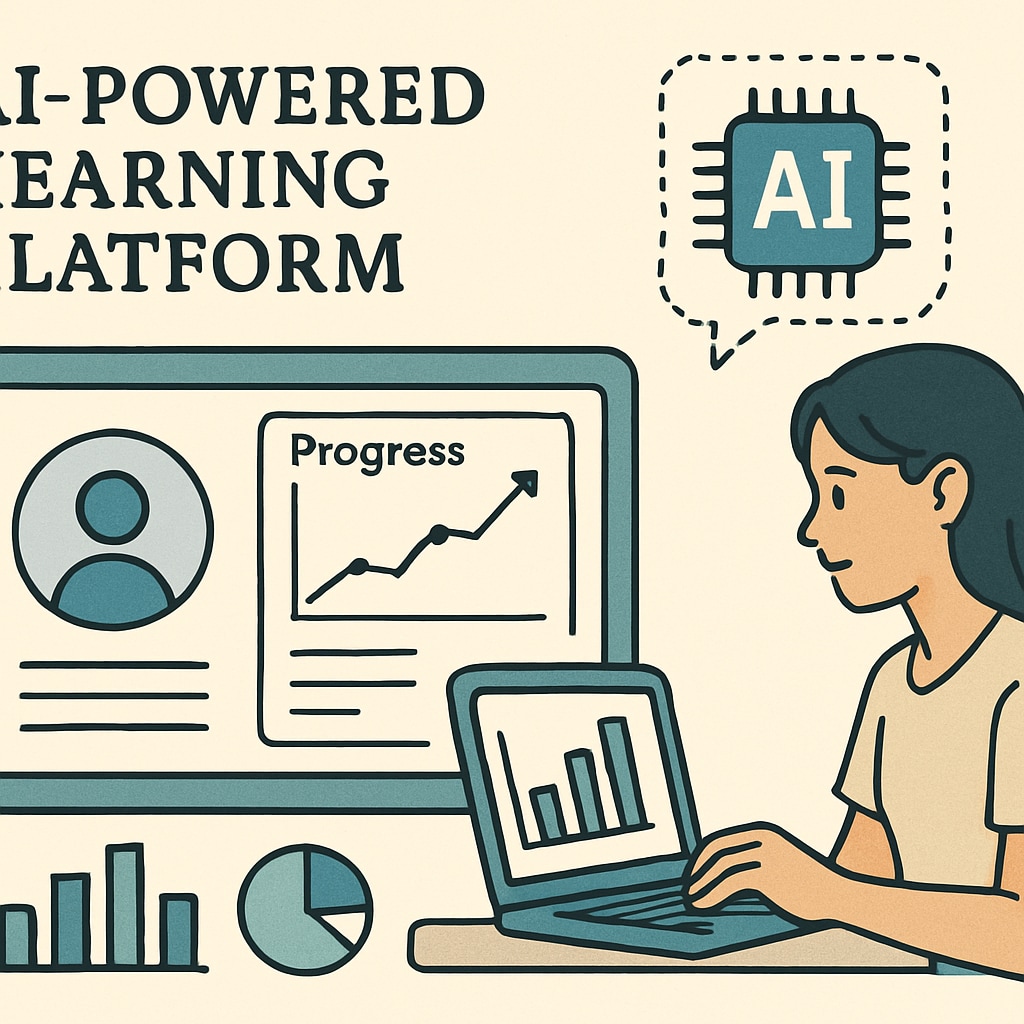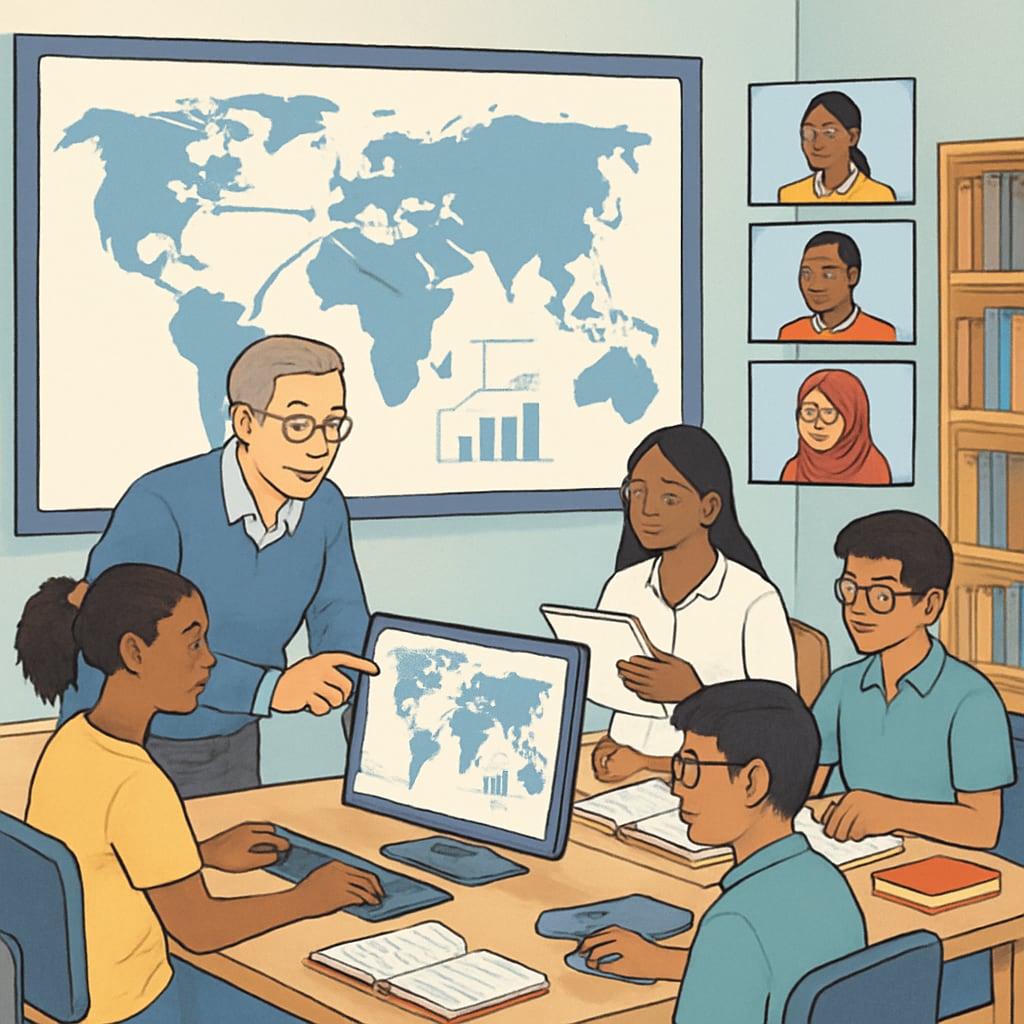Artificial intelligence (AI) and globalization are at the forefront of reshaping the education system, setting the stage for the 2030 education future. As technological advancements and cross-border collaboration continue to expand, K12 education is entering a transformative period. This article delves into the role of AI and globalization in creating innovative learning environments, redefining teaching methodologies, and fostering global connections among students.
The Role of AI in Transforming K12 Education
Artificial intelligence is rapidly becoming a cornerstone in modern educational frameworks. AI-powered tools, such as personalized learning platforms and intelligent tutoring systems, are revolutionizing how students engage with content. These technologies adapt to individual learning paces, providing tailored support to students with varying abilities and needs.
For example, AI-driven platforms like Khan Academy and Duolingo utilize machine learning algorithms to assess student progress and recommend specific exercises. This personalized approach not only enhances academic performance but also encourages self-directed learning.
- Adaptive Learning Systems: AI tools analyze student performance to customize lessons and optimize outcomes.
- Automated Feedback: Instant feedback on assignments and assessments helps students identify areas for improvement.
- AI-Enhanced Accessibility: Tools like text-to-speech and real-time translation make education more inclusive for students with disabilities or language barriers.

Globalization and Its Impact on Education Trends
Globalization has redefined the boundaries of education, creating opportunities for cross-cultural exchange and global collaboration. By 2030, the integration of international perspectives into K12 education will be more prevalent than ever, helping students develop the skills needed to thrive in a global economy.
One of the key drivers of this trend is the proliferation of online learning platforms that connect students and educators from different parts of the world. For instance, platforms like Coursera and EdX offer courses from top universities, enabling students to access world-class education regardless of location.
- Cross-Border Collaboration: Virtual classrooms and exchange programs foster cultural awareness and teamwork.
- Global Curriculum Standards: International benchmarks, such as the IB (International Baccalaureate), are becoming widely adopted.
- Language Learning Opportunities: Advanced language learning tools bridge communication gaps, preparing students for diverse workplaces.

The Synergy Between AI and Globalization in Education
The intersection of AI and globalization offers unprecedented opportunities to reshape the educational landscape. Together, they create a dynamic ecosystem where students can access high-quality resources, collaborate across borders, and develop critical 21st-century skills.
For example, AI-powered translation tools can facilitate communication in international projects, while globalized curricula ensure that students are exposed to diverse perspectives. The synergy between these forces encourages innovation and fosters a sense of global citizenship among learners.
However, challenges remain. Ensuring equitable access to AI technologies and addressing digital divides in developing regions will be critical to achieving universal education goals by 2030. Policymakers, educators, and tech companies must work collaboratively to overcome these barriers and create a more inclusive future.
As we move closer to 2030, the fusion of AI and globalization holds the potential to transform K12 education into a more inclusive, innovative, and interconnected system. By leveraging these trends, we can prepare students to excel in a rapidly changing world.
Readability guidance: Short paragraphs and bullet points summarize key ideas; passive voice and long sentences are minimized. Transition words such as “for example,” “however,” and “in addition” are used to ensure smooth narrative flow. Images are strategically placed to complement text.


